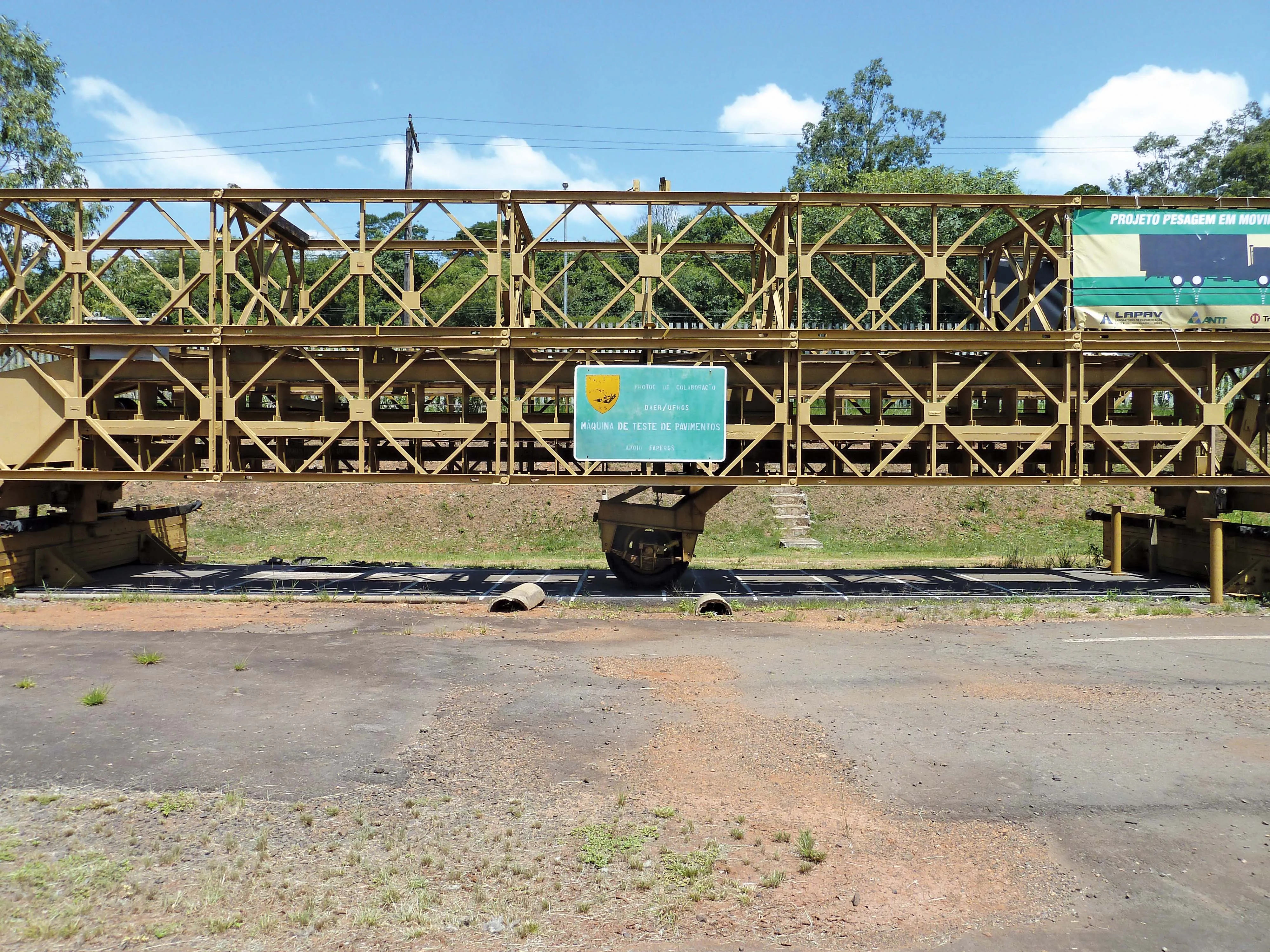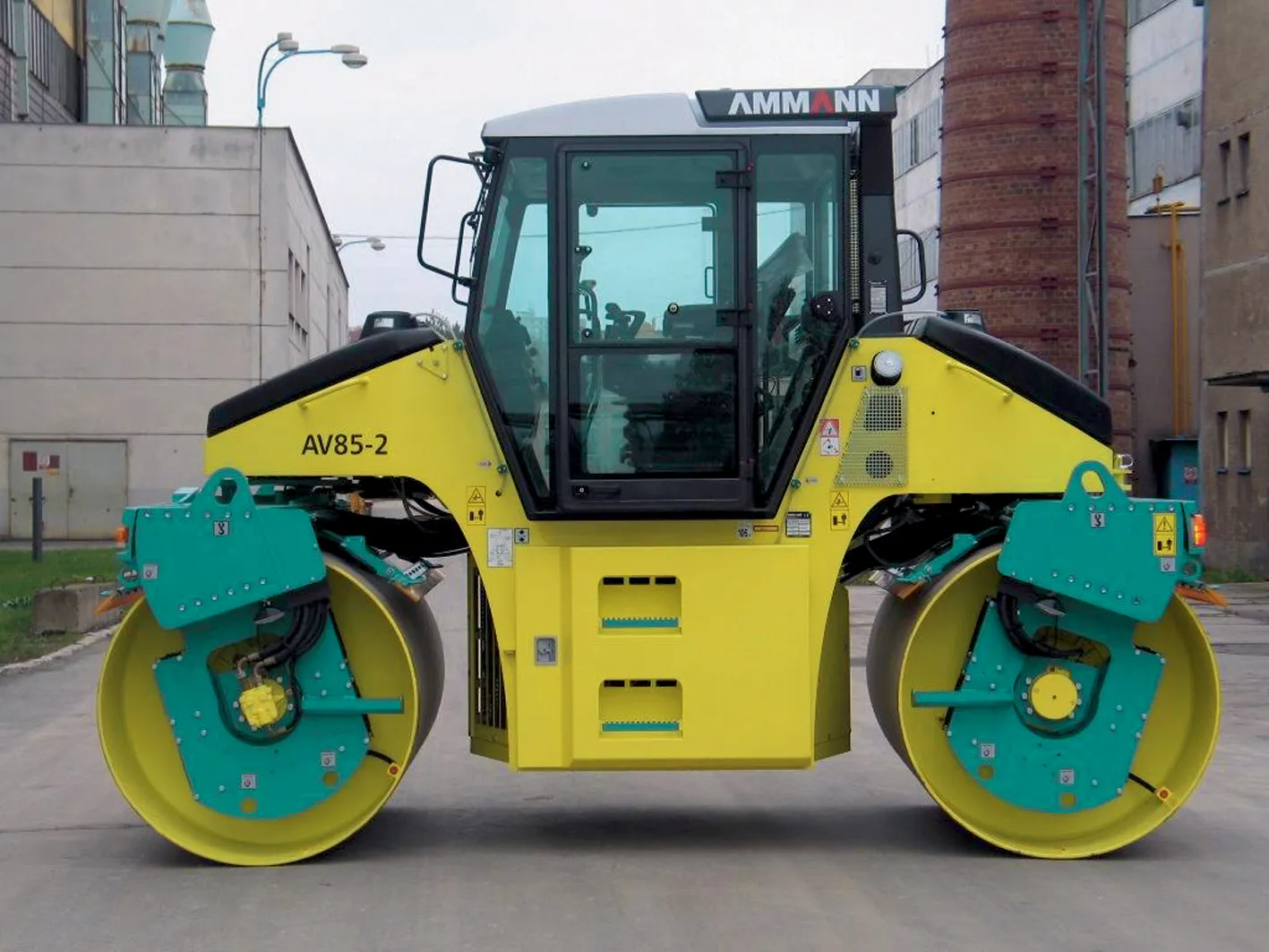A Japanese manufacturer of toilets has assembled a trike that is powered by biogas as a promotional tool. This vehicle features a toilet bowl on which the driver sits. The toilet is thankfully not connected and is for aesthetic purposes only. The rm, TOTO, has called its vehicle the ToiletBike Neo Project, which forms part of the TOTO Green Challenge, the rm's aim at reducing CO2 emissions from bathrooms by 50% by 2017, compared with levels recorded in 1990. Other interesting features of the ToiletBike Ne
April 16, 2012
Read time: 2 mins
A Japanese manufacturer of toilets has assembled a trike that is powered by biogas as a promotional tool. This vehicle features a toilet bowl on which the driver sits. The toilet is thankfully not connected and is for aesthetic purposes only. The firm, 4921 TOTO, has called its vehicle the ToiletBike Neo Project, which forms part of the TOTO Green Challenge, the rm's aim at reducing CO2 emissions from bathrooms by 50% by 2017, compared with levels recorded in 1990. Other interesting features of the ToiletBike Neo include residual light imagery that allows the rider to write messages in the air as it is driven by, while it can play music to entertain spectators. In addition, the toilet is able to talk, with functions including fortune-telling, stock-quote-reading and weather-forecasting. This biogas fuelled and motorised toilet has been driven around Japan as part of the rm's promotional campaign, presumably by a driver who is not easily embarrassed.









